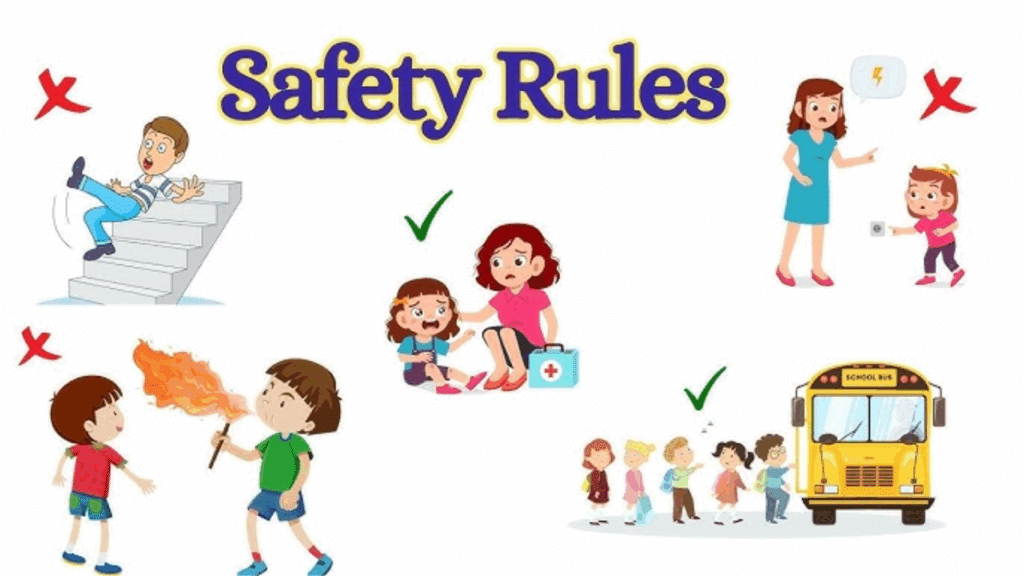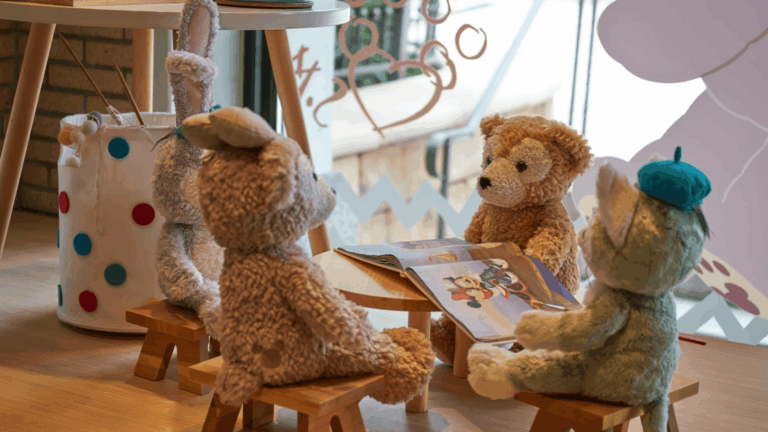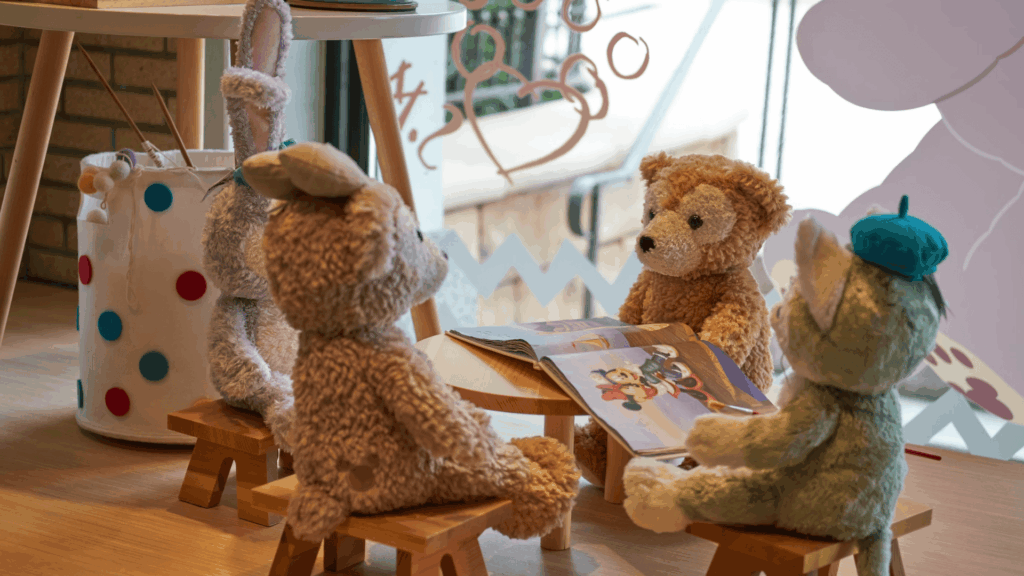Every 4 seconds, a child in the U.S. ends up in the emergency room because of an injury that could have been prevented.
Most parents worry about their kids getting hurt, but many don’t know where to start with safety education.
Teaching safety rules for kids isn’t just helpful; it can save their lives. The right knowledge at the right age makes all the difference between a close call and a tragedy.
In this blog post, you’ll learn the most important safety rules every child should know, how to teach these lessons in ways that stick, and why these rules need to change as your child grows older.
Why is Teaching these Rules Important?
Safety education serves as a cornerstone of child development, extending far beyond basic accident prevention.
When children learn safety protocols, they gain psychological empowerment and environmental control, changing feelings of helplessness into confidence. This knowledge builds essential life skills, including trust, independence, and personal responsibility.
These foundational skills prove invaluable in academic settings, social relationships, and future life challenges.
Key Benefits:
- Reduces anxiety and builds self-esteem through knowledge empowerment.
- Develops trust, independence, and responsibility as core emotional skills.
- Improves critical thinking and problem-solving abilities.
- Creates confident decision-makers who assess risks thoughtfully.
- Establishes a lifelong foundation for smart judgment and safety awareness.
Safety Rules for Kids

Teaching kids safety rules early builds lifelong habits that protect them at home, school, and outdoors.
Simple, clear guidance helps children feel confident and make smart choices in any situation.
1. Know Your Name and Address
Children should memorize their full name and home address. This helps them share important information with trusted adults in emergencies.
2. Never Talk to Strangers
Kids must avoid talking to or accepting gifts from strangers. If approached, they should move away and inform a trusted adult immediately.
3. Don’t Eat Anything from Strangers
Teach children not to accept or eat food given by strangers, no matter how tempting it looks. This prevents risks of poisoning or abduction.
4. Do Not Open the Door for Strangers
Children should never open the door at home to anyone they don’t know, even if the person claims to know the family. Always alert an adult if someone knocks.
5. Stay Away from Fire and Sharp Objects
Kids must not play with matches, lighters, candles, knives, or scissors. These can cause serious injuries or fires and should only be used under adult supervision.
6. Don’t Touch Electrical Outlets or Appliances
Children should avoid inserting objects into electrical sockets or using appliances without help. This prevents electric shocks and burns.
7. Always Walk, Don’t Run Indoors
Running inside, especially in hallways or classrooms, can cause slips, trips, or collisions. Walking calmly keeps everyone safe.
8. Follow School Bus Safety Rules
Wait for the bus to stop completely before boarding or getting off. Use handrails and never distract the driver or lean out of windows.
9. Look Both Ways Before Crossing the Street
Always stop at the edge of the road, look left, right, and left again, and use crosswalks. This helps avoid accidents with vehicles.
10. Hold Hands with an Adult When Crossing Roads
Younger children should always hold an adult’s hand while crossing streets to stay safe from traffic hazards.
11. Wear a Helmet When Biking or Skating
Always wear a properly fitted helmet when riding a bicycle, scooter, or skateboard to protect against head injuries.
12. Don’t Play Near Roads or Driveways
Kids should play in safe areas like parks or playgrounds, away from roads, to avoid running into traffic or getting hurt.
13. Keep Small Objects Out of Reach
Small items like coins, buttons, or beads can be choking hazards. Always keep such objects away from young children and supervise their play.
14. Ask Before Touching Pets
‘Even friendly animals can be unpredictable. Children should always ask an adult before petting or playing with any animal to avoid bites or scratches.
15. Know Emergency Contact Numbers
Children should know how to call emergency services and be familiar with at least one parent’s number. Practicing mock drills helps them remember what to do in emergencies.
Fun Ways to Teach Safety Rules to Kids
Teaching safety rules for kids can be fun and memorable by using storytelling, songs, visual charts, and playful practice.
These creative methods help children learn important habits with enthusiasm and ease.
Use Storytelling and Role Play
Change your living room into a practice zone for real situations. Act out crossing streets, answering the door, or handling strangers. Let kids play both the “safe” and “unsafe” characters.
The following are some books that would help children understand easily why the safety rules for kids are important.
1. “Officer Buckle and Gloria” by Peggy Rathmann
This story teaches children the importance of safety rules, with Officer Buckle and his dog, Gloria, sharing safety tips in a humorous and engaging way.
2. “I’m Not Scared, I’m Prepared” by Julia Cook
This book helps children understand that when faced with danger, you must do something. The teacher at the ant hill school wants her students to be prepared – for everything!
3. “The Berenstain Bears Learn About Strangers” by Stan and Jan Berenstain
This book educates kids on stranger safety, helping them understand when it’s safe to talk to strangers and when to avoid them
Turn Safety into Songs and Rhymes
Music makes everything stick better in young minds. Create simple songs about looking both ways or washing hands.
“Stop, look, listen before you cross” becomes easy to remember with a tune. Kids naturally repeat catchy phrases, making safety second nature through rhythm.
Create Visual Charts and Safety Checklists
Pictures work better than words for young learners. Put colorful charts in key spots around your home.
| Safety Topic | Checklist Items |
|---|---|
| Home Safety | Lock doors and windows when alone |
| Know emergency contact numbers | |
| Street Safety | Look both ways before crossing the street |
| Walk on sidewalks, not the road | |
| Stranger Safety | Never talk to strangers without a trusted adult |
| Say “No” if someone makes you uncomfortable | |
| Fire Safety | Know how to exit the house quickly |
| Stop, drop, and roll if clothes catch fire | |
| Health & Hygiene | Wash hands regularly, especially before eating |
| Cover coughs and sneezes with elbow | |
| Personal Safety | Keep personal items secure (e.g., backpack, phone) |
| Report any uncomfortable situations to an adult |
Practice, Repeat, Reinforce
Repetition builds habits, but boring drills don’t work with kids. Mix up your approach each week.
- Monday might be fire drill day.
- Wednesday could focus on stranger safety games.
- Friday becomes “what if” question time.
Keep it fresh while building those crucial automatic responses.
Common Mistakes Parents Make
Many parents unintentionally make safety mistakes, such as delaying conversations, using fear tactics, modeling unsafe behavior, or overwhelming kids with too much information instead of building confidence and understanding gradually.
- Many parents wait until kids are older to discuss safety, but children as young as two can learn basic rules like “stop at the curb” and “don’t touch hot things.”
- Some parents use scary stories or threats to teach safety, which creates anxious children instead of confident ones who make smart choices.
- Parents often tell kids what to do but don’t follow the same rules themselves, like texting while driving or jaywalking across streets.
- Rushing through safety lessons without checking if kids actually understand leads to confusion when real situations happen and quick decisions matter most.
- Teaching all safety rules at once overwhelms young minds, so focus on one area at a time and build understanding gradually through consistent practice.
Final Thoughts
Safety education never ends; it grows with your child. These safety rules for kids should be a part of your regular conversations, not a one-time lecture.
Set up monthly family safety check-ins where everyone shares what they’ve learned or experienced.
Most importantly, create an environment where your kids feel comfortable asking questions. When they wonder “Is this safe?” or “What should I do if…?” celebrate those moments. These questions show they’re thinking critically about their choices.
Your efforts today build the foundation for a lifetime of smart decisions.


















